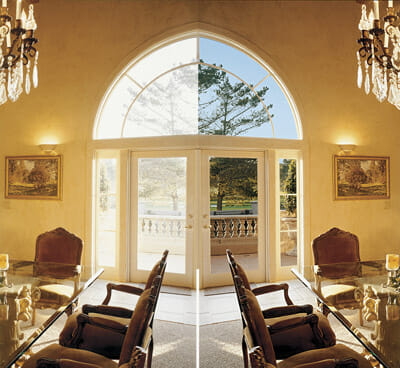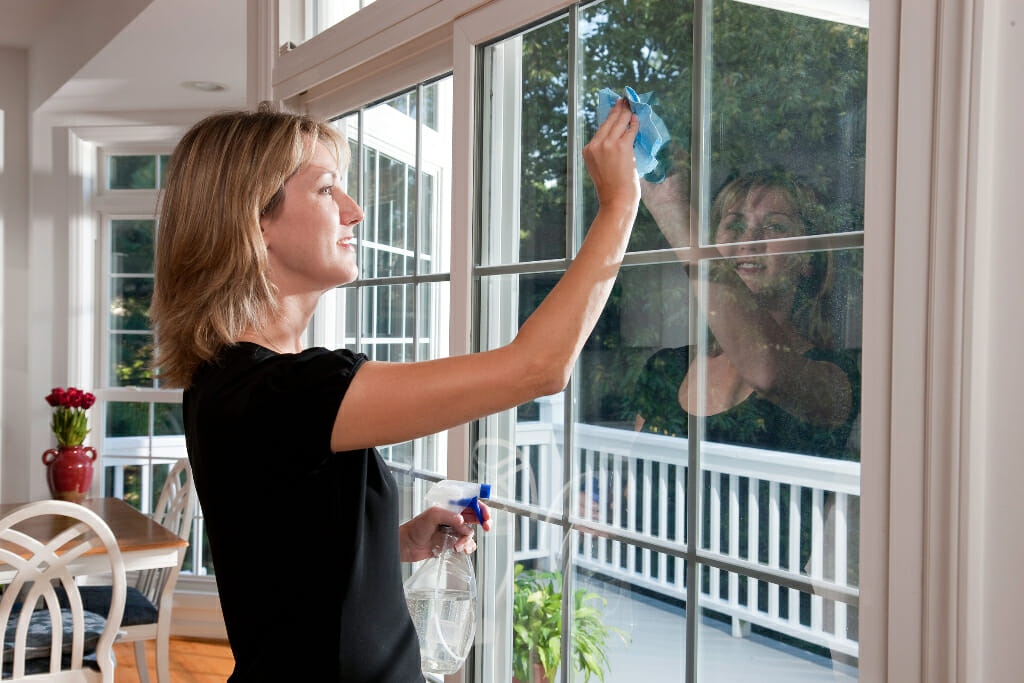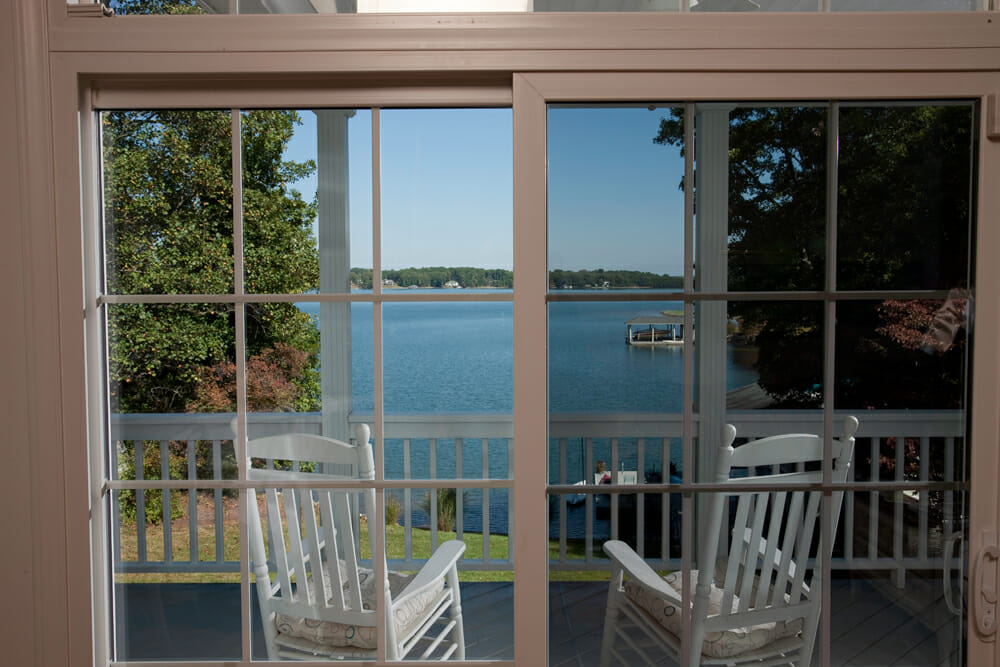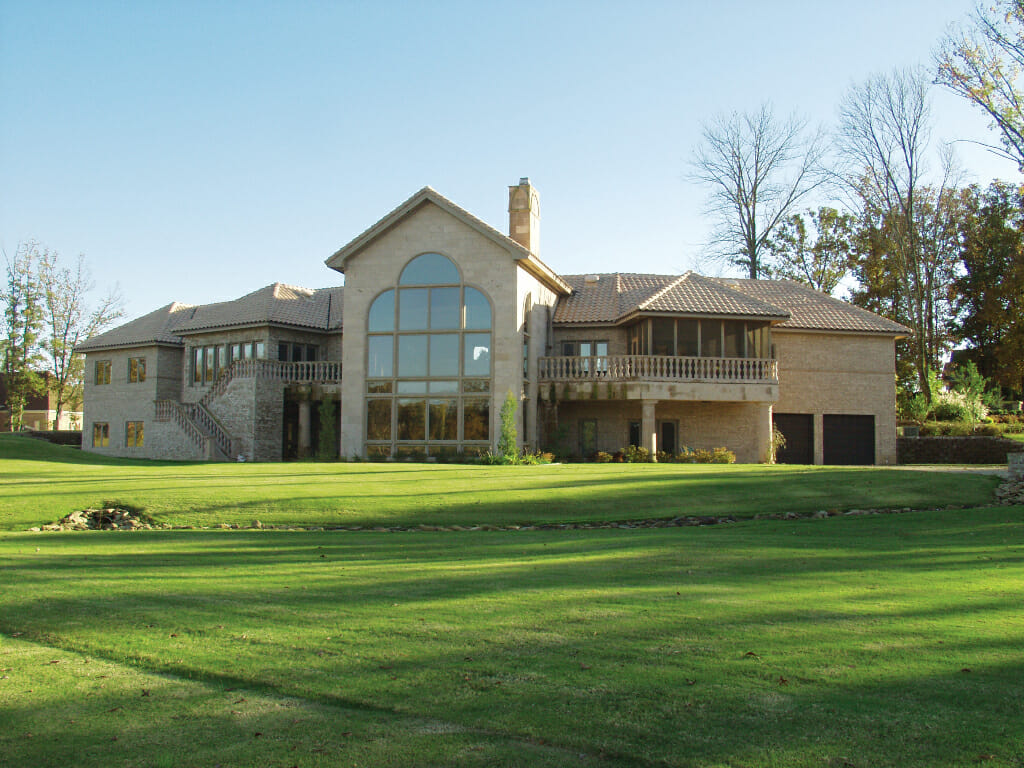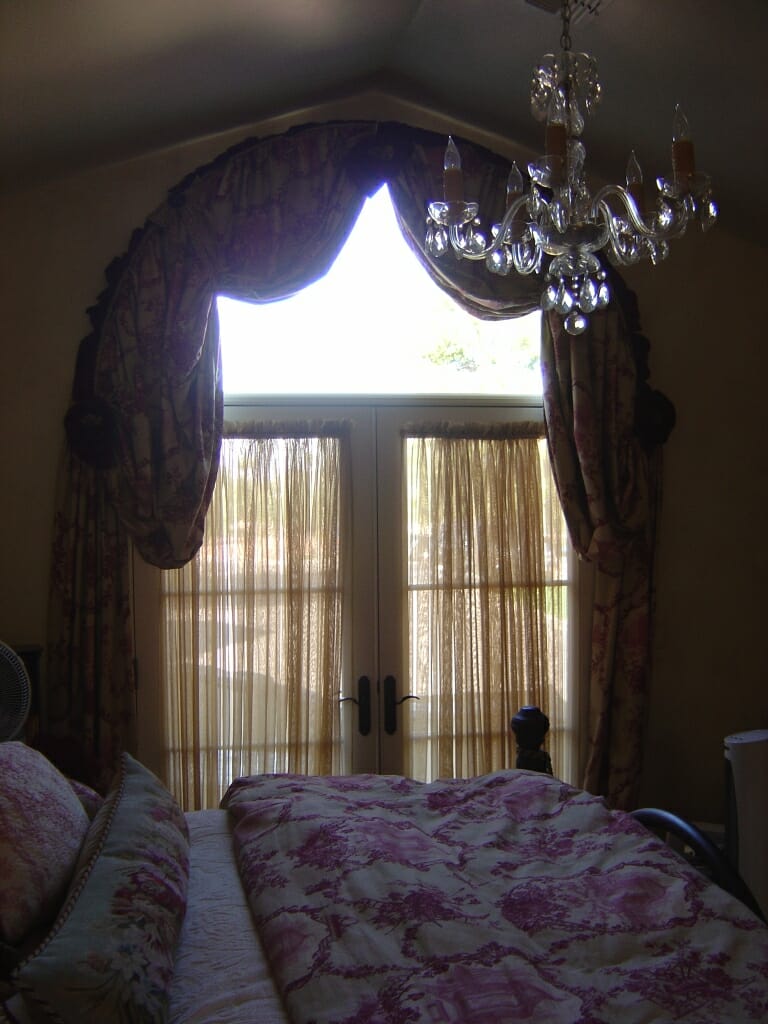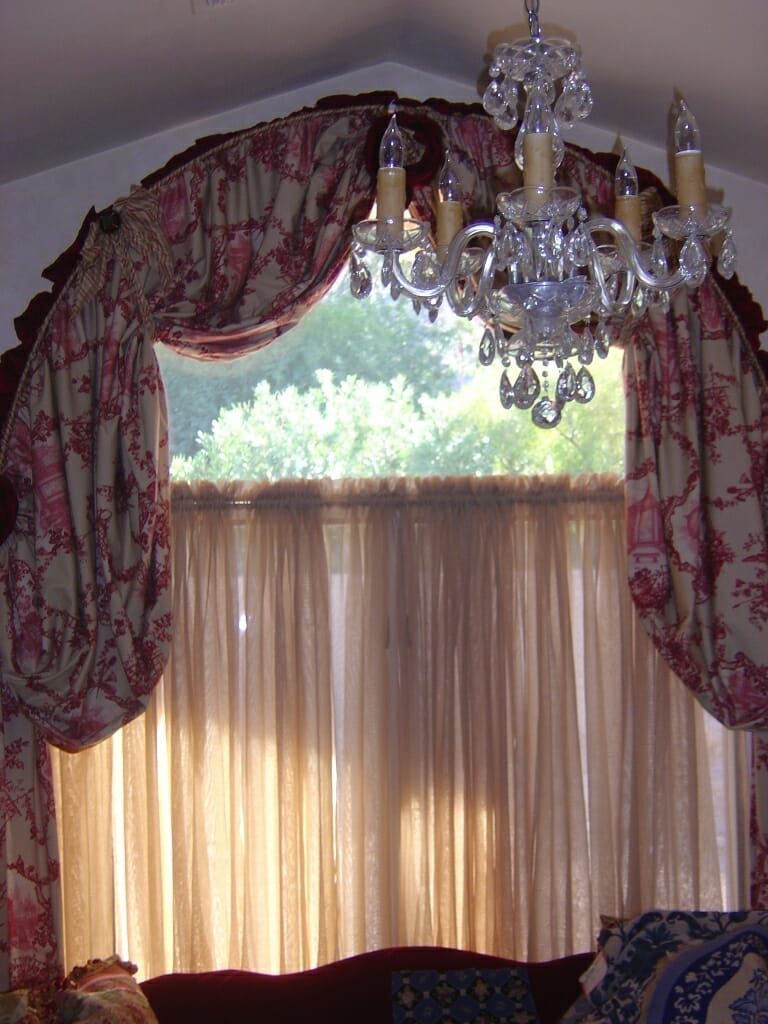Whether you are looking to save money on your utility bills or are interested in going “green”, selecting energy efficient window treatments can help.
Energy Efficient Window Treatments
Why Energy Efficient Window Treatments?
- Control Solar Heat Gain—keep cool room in summer/warm climates
- Reduce Heat Loss—the insulation helps maintain heat in winter/cool climates
- Cost Savings—energy savings means less heating and cooling costs
- Light Control—reduce glare or harsh natural lighting
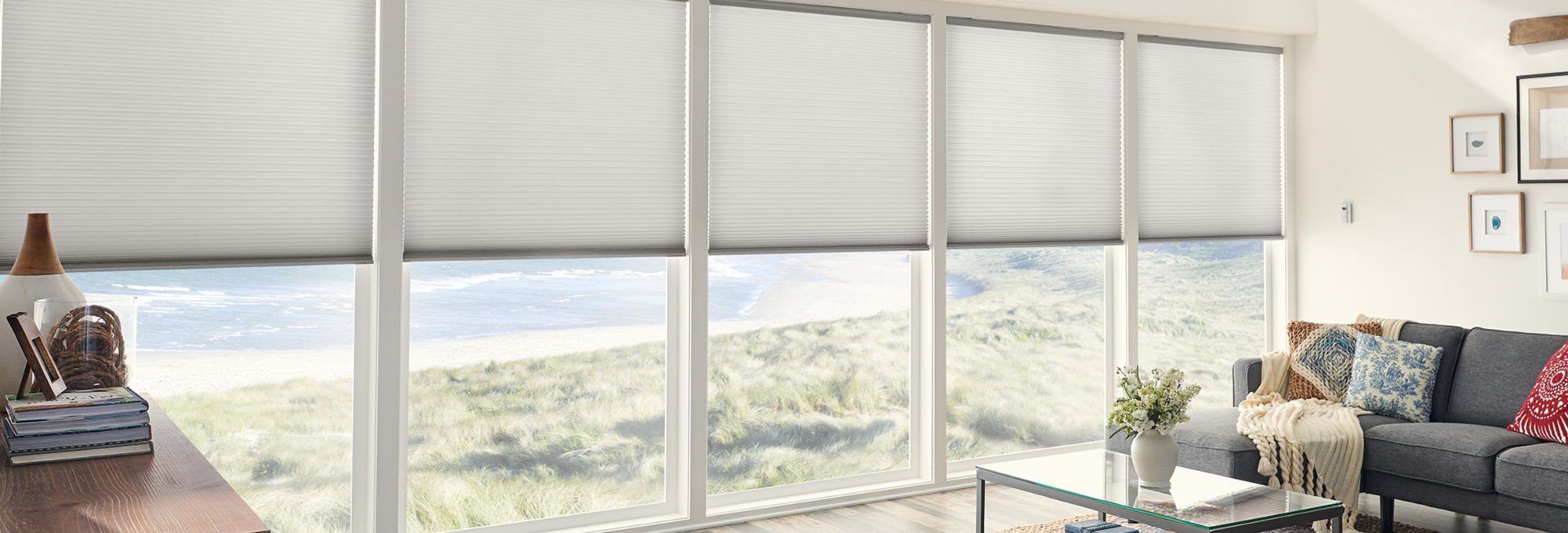
INCREASE YOUR ENERGY EFFICIENCY
Studies indicate heat gain and heat loss through windows are responsible for 25%–30% of residential heating and cooling energy use. Modern window treatments reduce this loss and provide for a more comfortable environment. From our highly efficient cellular shades to honeycomb shades with insulating air pockets to roller shades combined with drapings to plantation shutters with tight-closing louvers to automated treatments that open and close based on ambient temperature, we have you covered (literally.)
Windows are one of the main culprits of heat and air conditioning loss in your home. Our new cellular shades insulate your windows and can reduce this loss by as much as 64%.

What Makes Windows Treatments More Energy Efficient?
Whether you are looking to save money on your utility bills or are interested in going “green,” selecting energy-efficient window treatments can help. Smart, cost-saving design solutions—UV protection, insulation, and more—ensure your 3 Blind Mice Window Treatments create an energy-efficient home.
Two significant factors make for an energy efficient window covering: your Winter Insulating Value (R-value) and the second is your Summer Solar Heat Gain Coefficient (SHGC).
Depending on the climate you live in, one component might be more valuable over the other, and if you live in a climate that is both hot in the summer and cold in the winter, we recommend a window treatment that offers both. (Check out All Seasons for some multi-layer treatments perfect for homes that face every season. )
In Southern California, the most critical factor for energy efficient window treatments is the ability to filter or block light, heat, and harmful UV rays. But for our friends in Fresno or Sacramento, the ability to keep heat in during the winter months is just as important.
Shading Co-Efficient
Let’s face it; if you have AC in your home, you know the minute your house gets warm, the first thing you do is crank up the air conditioning. Doing this might be a wasted effort if your windows are acting as solar panels heating the inside of your home. Making sure your window coverings cast a shadow inside your home is like sitting under a shady tree instead of direct sunlight.
In the summer you are trying to keep the heat out; your shading co-efficient measures this. The shading coefficient reduces the amount of light coming through the window. The highest-rated shading coefficient window coverings include drapery, cellular shades, room darkening & blackout shades, woven wood, and solar & roller shades. If you have a great view that you would hate to cover up, you can also use energy efficient window film to block a substantial amount of UV rays and solar heat while still giving you a view.
When considering solar shades, another concept to consider for summertime window covering savings is the “openness factor.” We know we are throwing a lot of new terms at you, but we’ll try to explain to them so you can be your window covering expert. The openness factor measures how much visibility you have through your shade measured in percentages. So the higher the rate, the more visibility you have through your shade. When considering keeping your house cooler in the summer, you would want a lower openness factor, so less light comes through and the room stays cool.
Winter R-Value
During the winter, it’s essential to retain heat in your home. Windows become cold and absorb the heat put off inside the house by humans, pets, and fireplaces. Although there might be a tight seal on the windows, it may feel like air leakage with the cold draft is constantly coming in, causing homeowners to turn up the heat and energy costs. Having the right window treatments for wintertime savings will help create a buffer between the window and room, retaining more heat. If your home is subject to more of the winter climate, we recommend looking for a window covering with a High R-value. Window treatments that are the highest in R-Value are drapery and cellular shades. Other window treatments with a good R-value are plantation shutters and blackout curtains–or any other window covering that completely blocks the window. The more warm air the window treatment traps and the thicker the window covering, the better insulator it will be.
What is R-Value
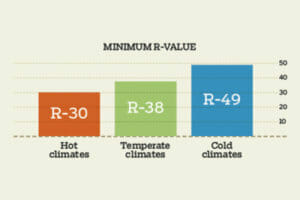
According to the department of energy, an insulating material’s resistance to conductive heat flow is measured or rated in terms of its thermal resistance or R-value. The R-value depends on the type of insulation, its thickness, and its density. When calculating the R-value of a multi-layered installation, add the R-values of individual layers.
Instead of changing out your window coverings seasonally, you can opt for an all-purpose window covering that brings energy efficiency to your home at all seasons. We recommend window covering a high R-value, which helps keep cold air out, warm air inside during the winter, and retain the cool air while keeping the hot air out during the summer months.
Another all-purpose type of window covering is Low-E window film
, which can be applied to the glass and then topped with another window covering for decoration, privacy, and light control. As mentioned above, multi-layered treatments are perfect for all-season all-season homes. They are our favorite type of energy-efficient, energy-efficient window treatments because they allow versatility. Start with a solar or roller shade, which helps with summertime energy savings, then layer with drapery or curtains with an R-value for wintertime savings, and end with a valance for decoration. So depending on the season, you can use one or the other and still have a classic window covering that is stylish and appealing to you as a homeowner.
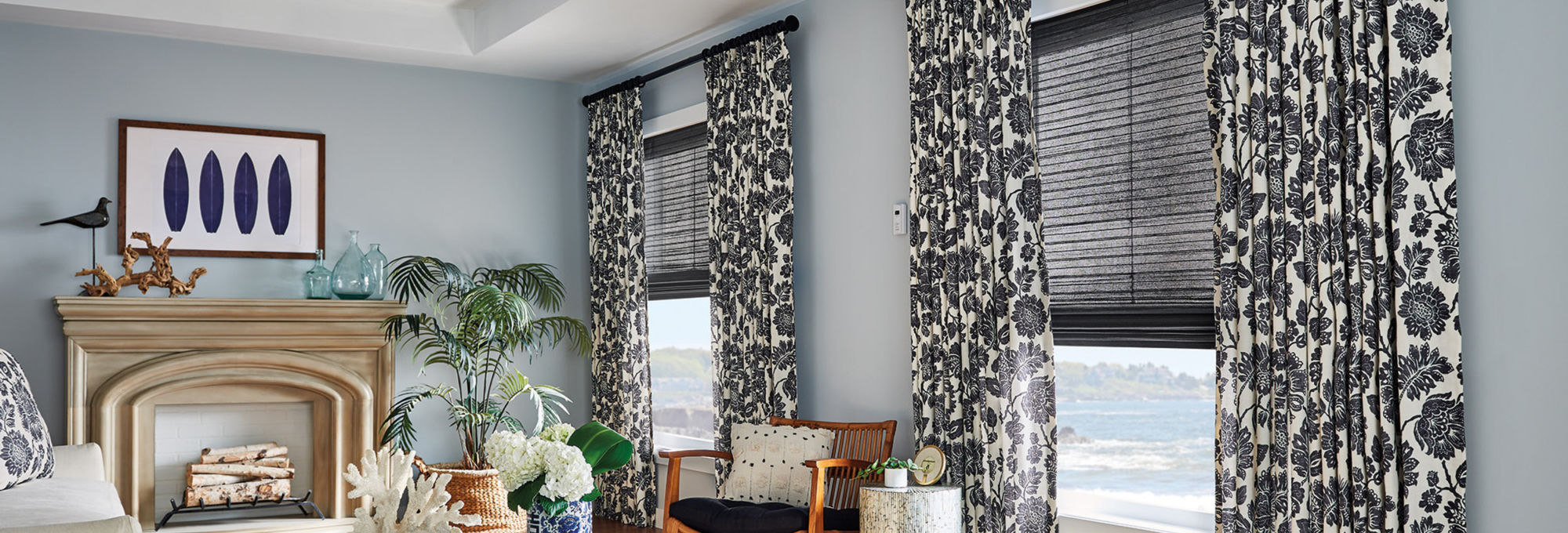
How can I make my old windows more energy efficient?
Replacing a builder-installed single-pane window with more energy-efficient windows can be a pricey project; try these eight tips to make your old windows more efficient!
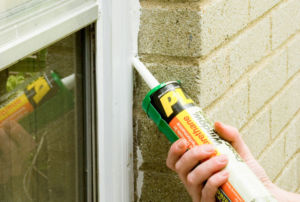
Weatherstrips & Window Caulk
An adequately sealed home undoubtedly costs less to heat and cool than a drafty house.
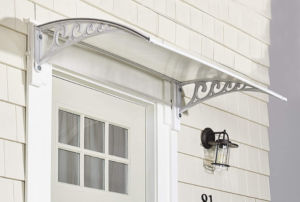
Window Awnings
Limit direct sunlight and therefore help you save on energy bills.
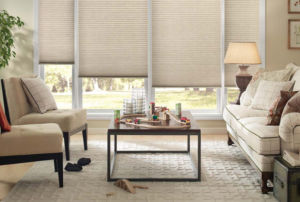
Energy-efficient Window Coverings
Cellular shades, window blinds, plantation shutters, and draperies will block drafts and harsh sunlight.
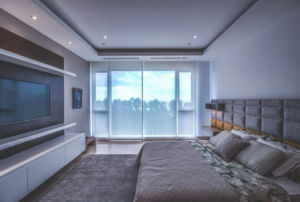
Window Film
Adding a window film to the window glass can provide up to 82% solar energy rejection versus untreated glass.

Low-emissivity Storm Panels
Help stabilize the room temperature.
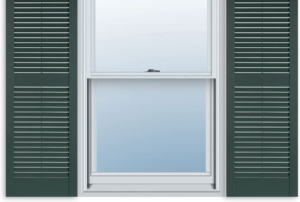
Exterior Shutters
Block hot air or cold air from escaping the comfort of your home.
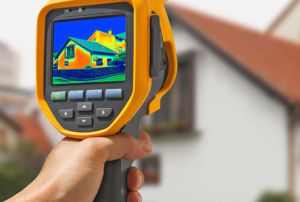
Home Energy Audit
Tremendous benefits, including access to rebates, free resources, and income-qualified retrofit and efficiency programs.
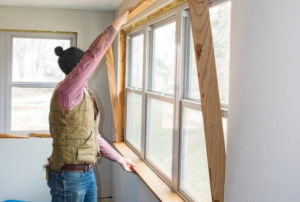
Upgrade or Repair Your Window Frames
Cracks in your window frames can cause thermal leaking, accounting for more than 30% of your heating and cooling use!
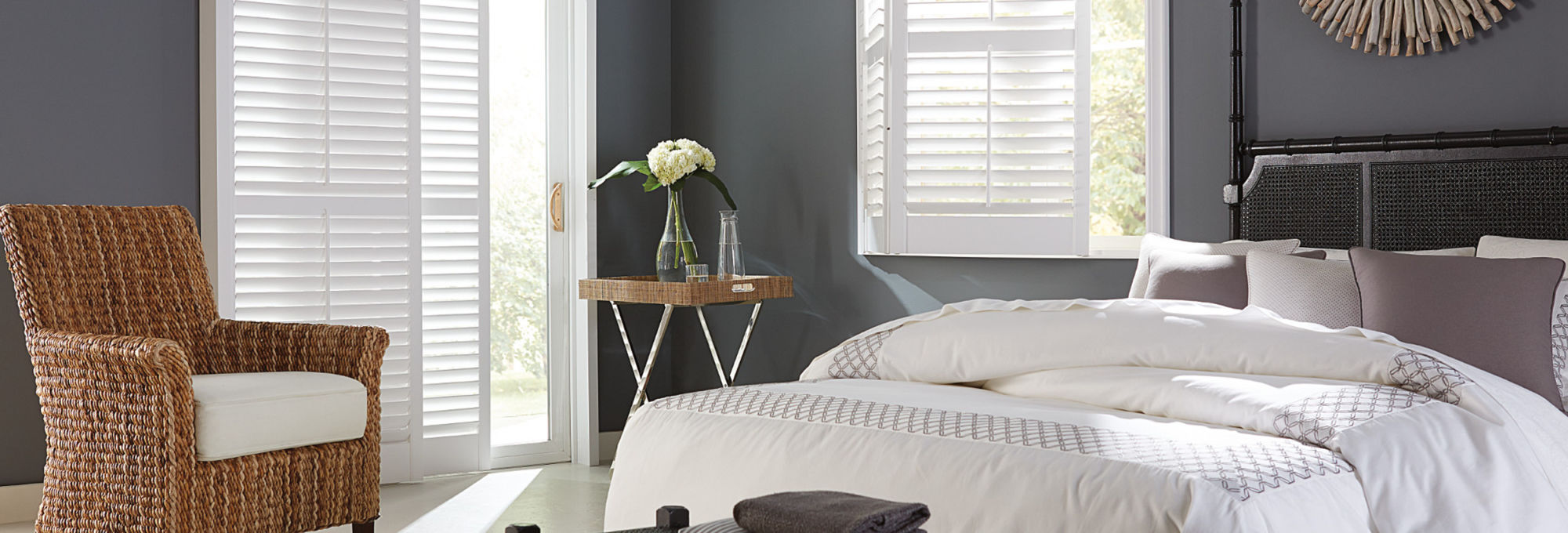
Selections Of Perfect Window Covering Options Help Save Energy
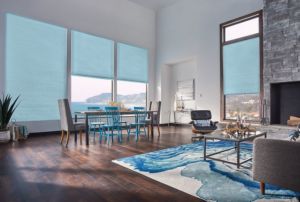
Cellular Shades
Windows are one of the main culprits of heat and air conditioning loss in your home. Our new cellular shades insulate your windows and can reduce this loss by as much as 64%, making them highest efficiency value!
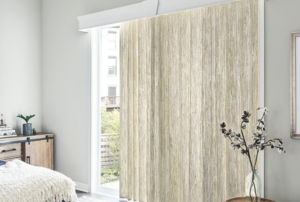
Drapery
Drapes reduce heat gain in warmer months and heat loss in cold weather. Make a solo statement or add to complement other window treatments. Try choosing a print for one and a solid in a coordinating color for the other.
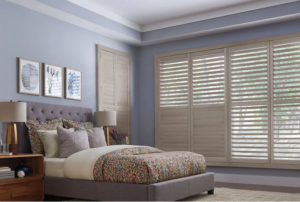
Vinyl Shutters
Vinyl shutters' adjustable louvers add an insulating layer redirecting the sun's powerful UV rays in the summer and prevents energy loss in the winter by providing an extra layer of protection to colder exterior windows.
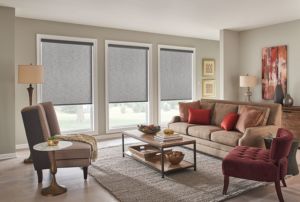
Roller Shades
Clean, contemporary lines and help reduce heat gain in a room; many of our roller shade fabrics let you see the outside while reducing glare and harmful UV rays. Or, to help keep inside temperatures where you want them - choose blackout material.
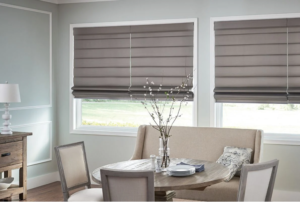
Roman Shades
Roman Shades are adorned by the interior design community due to their graceful statement. Best of all, the continuous piece of fabric protects your living space.
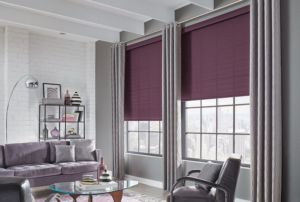
Solar Shades
Solar Shades are designed to reflect sunlight and harmful UV rays; the high-tech fabrics deliver privacy while presenting a clear view of the outdoors.

Motorization
Motorization offers easy-to-use remotes, an app for your mobile phone or tablet, and voice control with Amazon Alexa and Google Home for your convenience.

Automation
Automatically open and close window coverings at the hottest or coolest times of the day and watch your energy bills drop by pairing with automation systems.
Get Inspired
FAQS
Cellular shades, roller shades, and Roman shades with a thermal lining are all great options for energy-efficient window treatments. They can help insulate your windows and reduce your energy bills.
Sheer shades are less energy-efficient than other window treatments, such as cellular shades or blackout curtains. However, they can still help to reduce energy costs by providing natural light and heat control. For maximum energy efficiency, it is recommended to layer sheer shades with other window treatments.
During cold months properly installed cellular shades can reduce as much as 64% or more windows heat loss which equates to about 16% heating energy savings!
Light filtering fabrics are designed to let some light in, making them perfect for rooms where you want to trim the heat and prevent UV damage. Blackout fabrics block 99% of the light and incoming heat to the room, making it more energy-efficient.
The sun's heat can warm your home uncomfortable, especially during summer. Instead of relying on a cooling system and fans, learn how to block sunlight-generated heat from windows, reduce your costly energy every month on your energy bill, reduce your carbon footprint, and enjoy your home. - Heat blocking window shades - Blockout roller or panel blinds - Hang drapery made room darkening fabrics - External window shading - Bubble wrap window insulation - Heat reducing window film - Combining multiple methods
Here are the top 6 things you can do to improve the efficiency of your existing windows: - Check existing windows for leaking air - Caulk and Weatherstrip your windows and doors - Add or replace with energy-efficient window coverings - Add storm panels or storm windows - Add solar control window film - Add exterior shadings, like awnings, overhangs, or exterior shutters
Light-filtering or blackout liner fabrics are available to help control light and protect privacy for every room of your home. Most importantly, these energy-efficient window shades keep warm air in during the winter months and cooler air during the summer, enhancing energy efficiency.
The "best" energy-efficient window covering will depend on the consideration of the existing windows, the design and arrangement of your home, and your family's needs. 3 Blind Mice Window Covering's designers can examine your space and provide the best energy-efficient recommendation: shades, blinds, drapery/curtains, shutters, or treatments! Here are some of our favorites solutions: Honeycomb shades aka Cellular shades, Roller shades with solar blackout fabrics, Blackout shades & curtains Smart Blinds aka Automated Shades, and Solar films.


